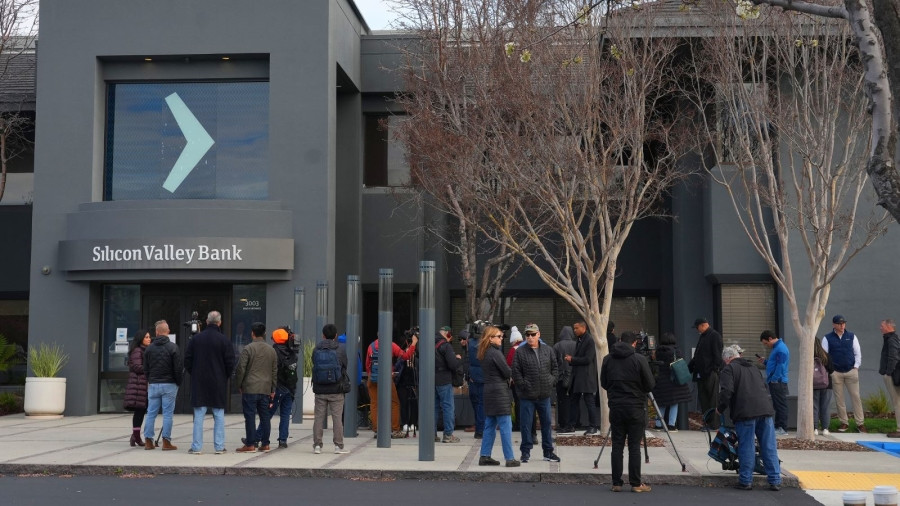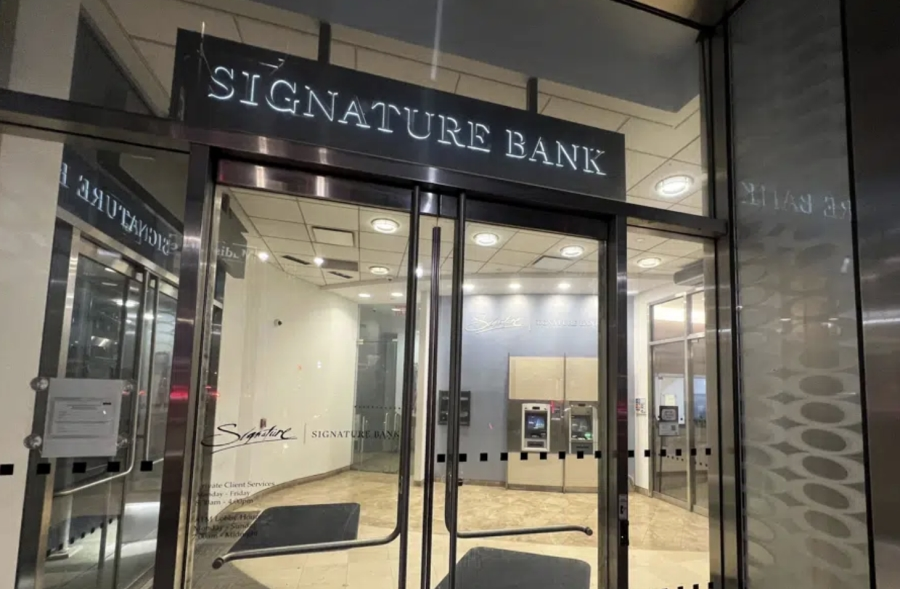The money in the deposit insurance fund (DIF) comes from insurance premiums paid by banks as well as interest from funds invested in bonds and stocks, but the DIF itself can run out of money or fail.

Depositors wait in front of the Silicon Valley Bank (SVB) in California, US. Photo: Getty Images
Last weekend, Silicon Valley Bank (SVB) and Signature Bank collapsed. The US government immediately intervened to protect the interests of depositors of these two banks.
But unlike the 2008 financial crisis — when Congress passed new legislation to save the country's biggest banks — the current rescue plan is smaller in scale, involving just two banks and, so far, not involving additional taxpayer money.
To ensure depositors can still withdraw money from their accounts — many of which exceed the $250,000 limit for standard insurance from the Federal Deposit Insurance Corporation (FDIC) — regulators said they are drawing down money from a special fund maintained by the FDIC called the Deposit Insurance Fund (DIF).
“For the two banks that are placed under management, the FDIC will use the DIF funds to ensure that all of their depositors are safe,” a Treasury official told reporters on the evening of March 13 (local time). “In that case, the DIF will bear the risk. This is not taxpayer money.”
Where does the money come from?
The money in DIF comes from insurance premiums paid by banks as well as interest earned on funds invested in U.S. Treasury bonds, other securities and obligations.

After SVB, Signature Bank also collapsed and became the third largest bank in the US to go bankrupt. Photo: Getty Images
This is why some observers have said that the term “bailout” should not be used to refer to the current US government intervention – because it is the banks’ own money plus interest that is used to insure depositors, and it is administered solely by the federal government.
But behind the DIF is the “full faith and credit of the U.S. government,” according to the FDIC, meaning that if the DIF runs out of money or fails, the Treasury can tap taxpayer money as a backup option.
That’s not impossible. The DIF had a balance of $125 billion as of the final quarter of 2022, and SVB reported $212 billion in assets in the same quarter. But Treasury officials now appear confident that the DIF will be more than enough to cover SVB’s deposits.
The Fed Jumps in to Help
To address concerns about a potential DIF shortfall, the Federal Reserve (FED) announced an additional line of credit called the Bank Term Financing Program, which provides loans of up to one year to banks, credit unions, and other types of depository institutions. For collateral, the Fed will take U.S. Treasurys and mortgage-backed securities, and the line of credit will be backed by $25 billion from the Treasury Department’s $38 billion Exchange Stabilization Fund.
“Both of these steps are likely to increase depositor confidence, although they fall short of the FDIC guarantees for uninsured accounts that were implemented in 2008,” Goldman Sachs analysts wrote in a note to investors on March 12.
“The Dodd-Frank Act limits the FDIC’s authority to provide (deposit) guarantees by requiring Congress to pass a joint resolution of approval, which is only slightly easier than passing new legislation. Given today’s actions, we do not believe that near-term action in Congress will provide reassurance,” Goldman Sachs noted.
Despite the fact that no new laws have been introduced to deal with the recent banking collapses, many analysts are calling attention to how taxpayers' money is still being put at risk.
“I see this as a bailout,” economist Dean Baker of the Center for Economic Policy and Research, a left-leaning think tank, told The Hill.
Other analysts stressed that the extent of the domino-like contagion remains unknown and it will take time to see whether the Fed's response is fit for purpose.
“Over the past five days, the US banking system has shown signs of cracking with the collapse of SVB... The scope of the consequences is still not fully determined,” Connor Combs at financial advisory firm Combs Capital Partners wrote in a note to investors on March 13.
“On March 6, Fed Chairman Jerome Powell testified before Congress. When asked if he saw any systemic risk in the banking system, he said, ‘No.’ Then on March 8, we started seeing problems with SVB,” Combs wrote.
According to Tin Tuc Newspaper